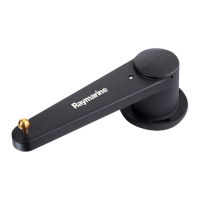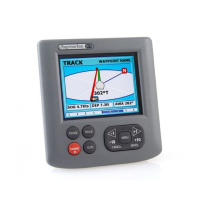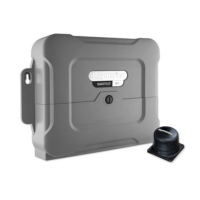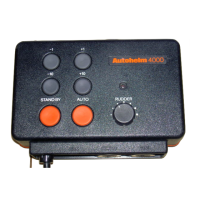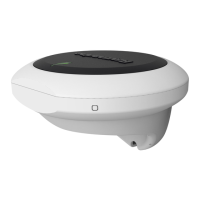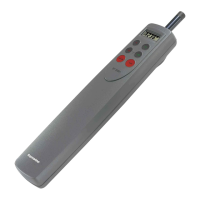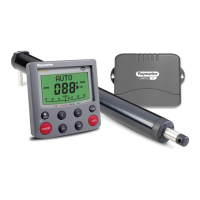46 RayPilot 650 Control Unit - Owner’s Handbook
5 Commissioning the Autopilot
5.2 Initial seatrial
After competing the dockside calibration, you must complete the
setup by taking the boat on a short seatrial to:
1. Calibrate the compass:
• complete the automatic deviation correction
• align the compass heading
2. Adjust the autopilot settings to suit your boat.
Seatrial safety
Note: You can return to hand steering at any time during the
seatrial by pressing
stby.
You should only perform the initial seatrial:
• when you have successfully completed the dockside calibration
• in conditions of light wind and calm water, so you can assess
autopilot performance without the influence of strong winds or
large waves
• in waters that are clear of any obstructions, so the boat has plenty
of clear space to maneuver
Note: Before you start your seatrial, make sure you have switched on
any ancillary equipment – such as a GPS (providing course over
ground (COG), speed over ground (SOG) and latitude (LAT) data) or
a speed log (providing speed through the water). This information
will help the autopilot achieve its best performance.
CAUTION: EMC conformance
Always check the installation before going to sea to make sure
that it is not affected by radio transmissions, engine starting etc.
Calibrating the compass
Note: This section does not apply if you have connected an NMEA
compass to your autopilot system. Refer to the handbook supplied
with the NMEA compass for information about calibration.
Depending on your boat type, deviating magnetic fields can cause
significant compass errors. The correction procedure reduces these
errors to a few degrees, so you MUST perform this procedure as the
81013_4.book Page 46 Wednesday, July 25, 2001 11:04 AM
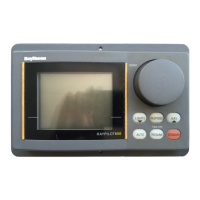
